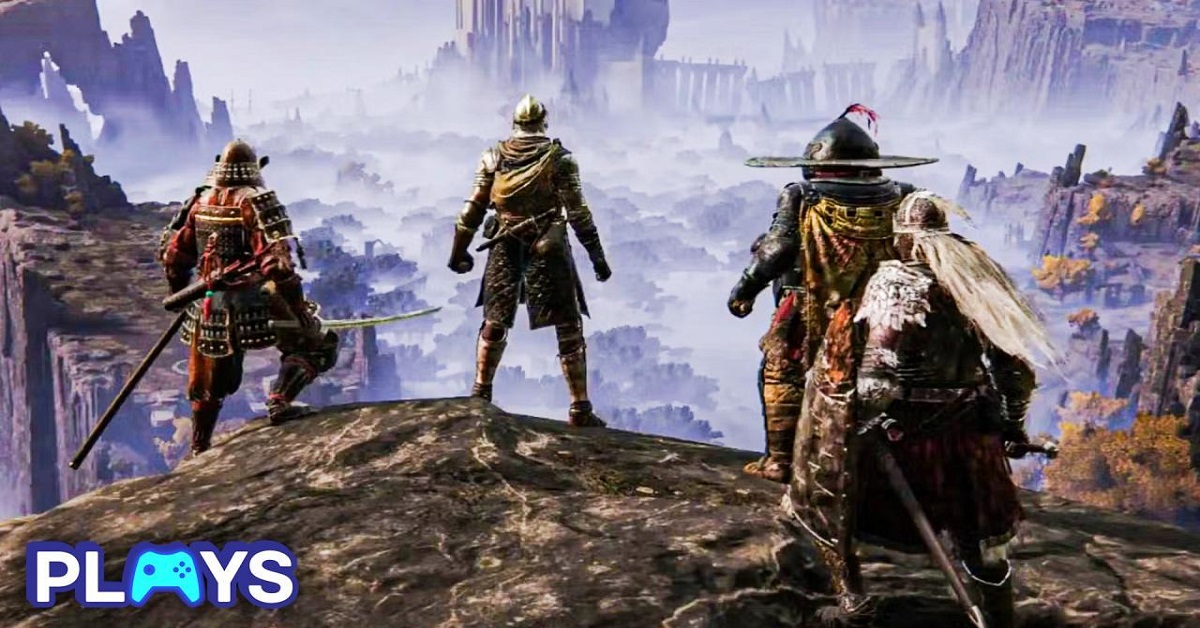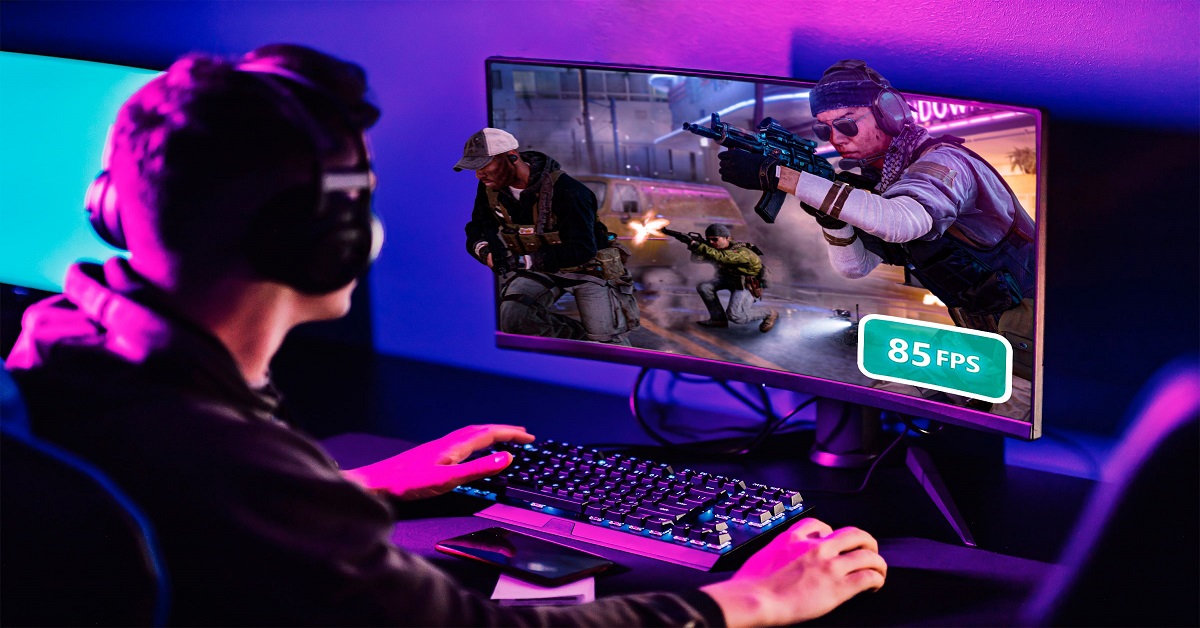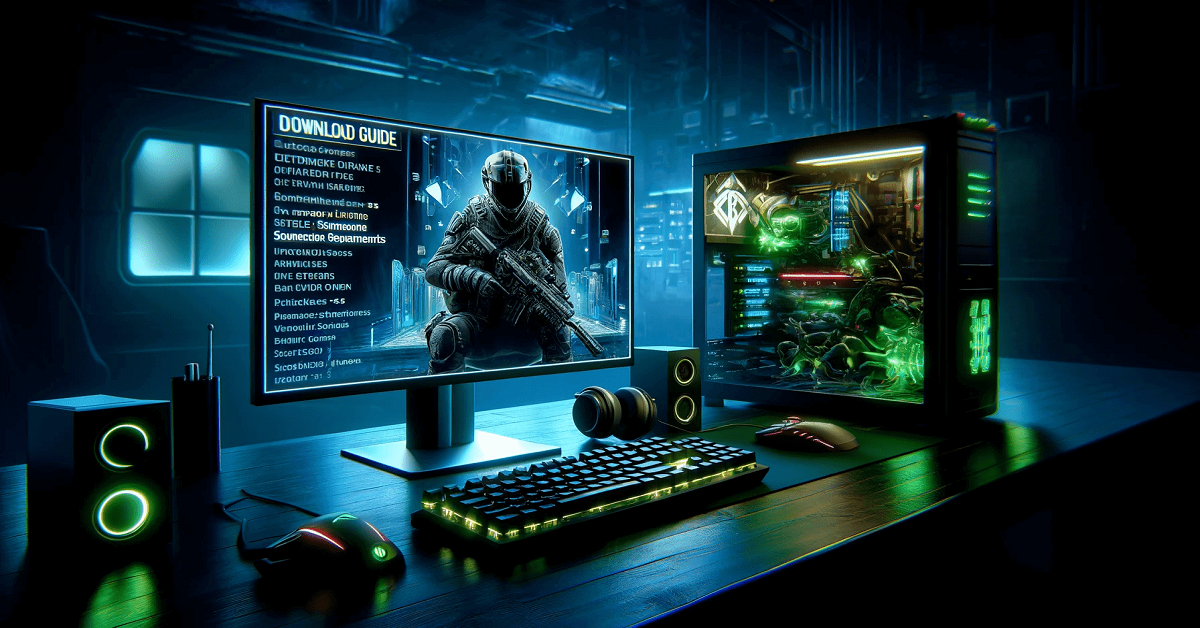By PlatinumGames and published by Konami in 2013, Metal Gear Rising: Revengeance is a standalone game in the iconic Metal Gear series. Unlike the franchise’s habitual stealthiness, Rising plunges you into fast-paced, hack-and-slash mayhem as Raiden, a cyborg ninja. The game is famous for its hyperkinetic action, sleek presentation, and, above all, the Blade Mode, an ability that enables players to gut enemies, cut through objects, and even slice bullets in slow motion.
While its sales figures lag behind its legacy, today Metal Gear Rising is a local favorite of speedrunners and modders alike and uniquely metal in just how it arrived on PC and consoles. Whether you’re sidling up next to cyborg soldiers or trading blows face to face with towering mechs, mastering the game demands precision, guile, and experience.
In this guide, we will cover Blade Mode tips, the best way to use Blade Mode, and a Metal Gear Rising Blade Mode tips guide focusing on Metal Gear Rising combat tips and boss fight strategies Metal Gear Rising to help you tackle any challenge the game throws your way.
Overview of Metal Gear Rising: Revengeance
Developed by PlatinumGames and published by Konami, Metal Gear Rising hit PlayStation 3 and Xbox 360 in 2013 before coming to PC on January 9, 2014. Unlike the mainline stealth-based Metal Gear Solid games, Rising is action-oriented with a fast pace. You are Raiden, a man endowed with cybernetic enhancements by the private military company known as Maverick Security. As you progress through the story, you find yourself in futuristic war zones where you do battle with cyborgs, huge machines, and superhuman bosses.
Gameplay is about being nimble and brutish. You have a katana that slashes through pretty much anything, the limbs of enemies, and, with its high-frequency blade, concrete pillars. Gameplay eschews blocking to evoke a more reactive parry mechanic. It also has a combo score system as a type of grading that rates you on speed, style, and style. The story, depending on how cautiously you play it, takes around six to eight hours to complete, and there’s another 15 hours or so of upgrades, VR missions, and collectibles for completionists to explore.
What is Blade Mode in Metal Gear Rising?
Blade Mode is the one gameplay system that makes Metal Gear Rising feel different from any other action game. It slows time and lets you cut enemies with precise specificity. This isn’t just a gimmick. Blade Mode is essential to understanding the best parts of the combat.
To enter Blade Mode, you’ll first need to build up your Fuel Cells by attacking or successfully parrying enemies. You enter Blade Mode by pressing and holding the specified button (Spacebar for PC, L1 for PlayStation, or LB for Xbox) when your energy bar is full. While on the move, you have a free cut in the direction of your sword, enabling you to cut down enemies and obstacles in all directions. This is helpful because you’re going to want to do a Zandatsu, a finishing move that allows you to extract an enemy’s energy core and quickly increase your health and energy.
How to Use Blade Mode Effectively
Blade Mode isn’t just about cutting things up, it’s about precision and timing. The trick is to focus on the enemy’s limbs so they can’t hit back. Slice off an enemy’s arm, and it can be stunned into inaction; take off a leg, and its mobility might be limited. Horizontally slice for wide targets and vertically for tall ones. Several in-game barriers, such as walls, doors, and containers, can be destroyed in Blade Mode to reveal in-game collectibles and often hidden optional routes.
There is an additional tactic to master, and that’s finding out how not to get caught in Blade Mode for too long. You’re vulnerable if you stand still too long. Instead, charge in, turn on blade mode, get your slashes in, and get out or strike with a finisher. With some practice, this becomes second nature, and VR missions are an excellent way to practice your slicing angles and reaction.
Metal Gear Rising Combat Tips
- Fighting in Metal Gear Rising is quite unforgiving, which is to say that if you are spamming buttons in order to progress through a battle, you’re going to have a hard time of it. Parrying is one of the most crucial skills to master. You block by instead of blocking you parry, which is by pressing the attack button in the direction of the incoming hit. This protects him from harm, as well as temporarily dazing his foe, leaving them open to an aggressive counter in Blade Mode.
- Another important element is movement. Raiden can automatically deflect bullets when he is running, leap over small barriers, and maintain his speed in combat with his Ninja Run ability. Deploy it to close the gap between you and your opponents for flanking or to break free of enemy pushes.
- Combos are the name of the game to increase hit counts and stagger opponents. Light attacks are faster and allow you to chain into combos, while heavy attacks can knock your enemies off balance. Investing in the Raiden’s weapons and fuel cells at the outset will offer a huge advantage, allowing you to remain in Blade Mode for a longer period and deal greater damage.
- And do not sleep on sub-weapons, either. EMP grenades stun enemies for a moment, and rocket launchers are useful for managing groups of enemies or heavy cyborgs. That said, resources aren’t infinite, so use them wisely, especially on boss fights.
Metal Gear Rising Boss Guide
The boss battles are the cream of Revengeance’s crop. Each boss presents a different challenge, from mastering the art of the parry to managing your situational awareness. The Metal Gear Ray, the first real boss, is your introduction to dodging and Blade Mode. Concentrate on blocking its tail and leg attacks, and get those weak joints in Blade Mode.
- Second and least obvious, Mistral restricts your mobility. She fights with the pole-arms that are created from robotic arms and can create little Dwarf Gekkos. Bring fire-based weapons and take advantage of her slow wind-ups for clean shots. You can also Zandatsu the smaller enemies to refill during battle.
- One of the more difficult bosses is Monsoon. He is capable of separating his body into magnetic portions, rendering himself invulnerable to most forms of assault. EMP grenades will also stun this ability. Observe his attack style, then parry these flurries to create openings for attack.
- Sundowner has explosive shielding. Wait for him to initiate his defenses, and when he does, enter Blade Mode and slash in the right direction to avoid setting off the explosion. He can be staggered by your heavy attacks, giving you a moment to breathe.
- Sam, your competition, is a pure parity exam. No gimmicks, just clean, one-on-one fighting. His strikes are well-telegraphed, so you just need to adjust to the timing, and you can counter with ease. Close and calm is the way.
- And finally, the last boss, Senator Armstrong, is epic as all hell. He has several phases, superhuman strength, and the habit of throwing things at you. Use your entire body to fight this all-powerful foe, parry him, dodge him, tase him, and mow him down! Keep the healing items for the last phase and watch out for QTE prompts.
Boss Fight Strategies in Metal Gear Rising
The best method for playing any of the bosses is to observe and respond to patterns. Ripper Mode, which becomes available later in the game, allows for even faster slashing but consumes energy at a great rate. Spend it while picking a safe to crack, or when you’re sure you can close out a phase quickly.
Your optimal method for restoring your health is Zandatsu. Don’t need health packs always, try to perform the Zandatsu kills during boss fights to replenish your energy and HP. This can save your ass from a restart at a checkpoint.
Sub-weapons are especially effective against certain bosses. An example: Monsoon is weak to EMP grenades, and by packing rocket launchers, you’re able to disassemble Mistral’s minions. Standard #2: Rotate your inventory and play around with what works best in each encounter.
The faster you are, the more efficient you are: The benefits of Vehicle miles per gallon speed. The game grades each fight with a letter grade, and better grades unlock extra content. To get an S-rank, you want to win quickly, not take any damage, and style on your opponent.
Statistical and Community Data
The PC version of Metal Gear Rising: Revengeance has a Metacritic score of 83/100, and the Steam user reviews are described as “very positive” with over 20000 reviews and a 95% rating as of 2025. Percentage-wise, only 92.3% of gamers will make it past the first mission, but just 48.6% will finish the game to defeat Senator Armstrong, going by Steam Achievements. One of the toughest challenges VR missions also has a completion rate of under 10%.
In the community tier-list, Monsoon and Armstrong are the most likely to show up in the most difficult boss category, which is mostly due to their phases/movesets and parry windows being some of the strictest. Players will still rely on their standard high-frequency blade for the most part, but it is fun to make use of sub-weapons, and it’s nice to have something a bit different after fighting boss battles.
Conclusion
Metal Gear Rising: Revengeance isn’t just a spin-off; it’s a clinic in high-octane action design. Well, through the use of Blade Mode mastery, boss pattern learning, and smart combat tactics, that’s what you’ll get to deal out to whatever game is attacking you at the time. From the pulsating pressure of the parry to the thrill of slicing through enemies, it is a power fantasy par excellence.
A guide like this will sharpen your edge with Metal Gear Rising Blade Mode tips, whether you’re rediscovering the game years later or you’re a fresh beginner. Work slowly but steadily with practice and patience, and you will slice your way to victory.









